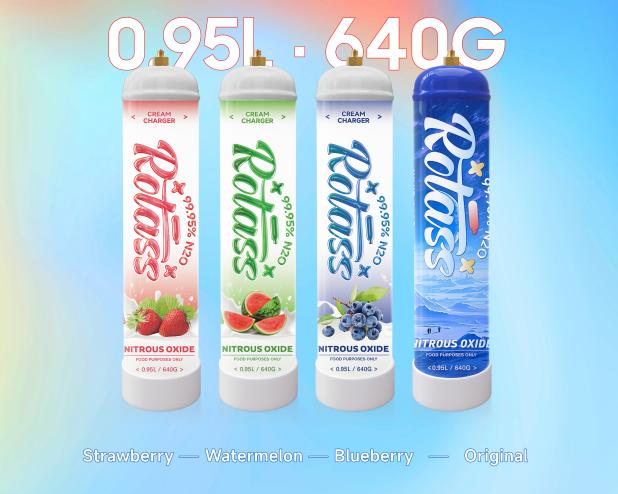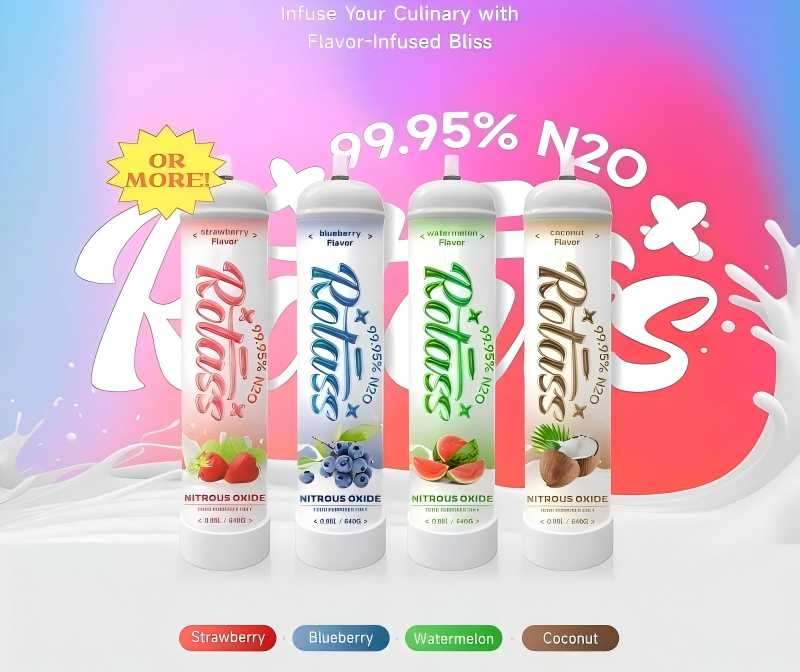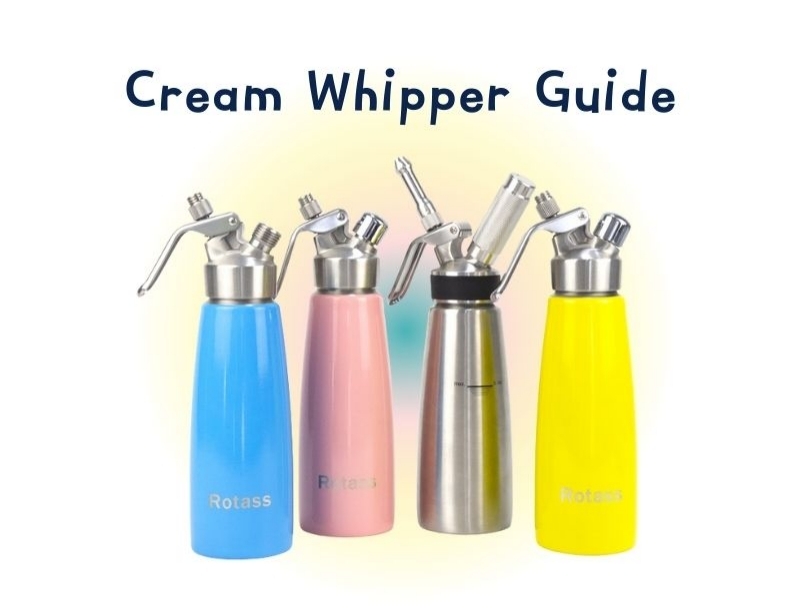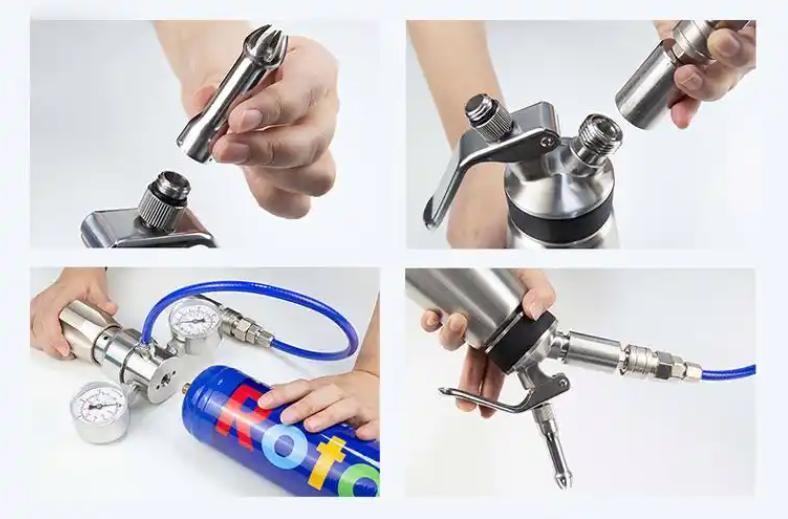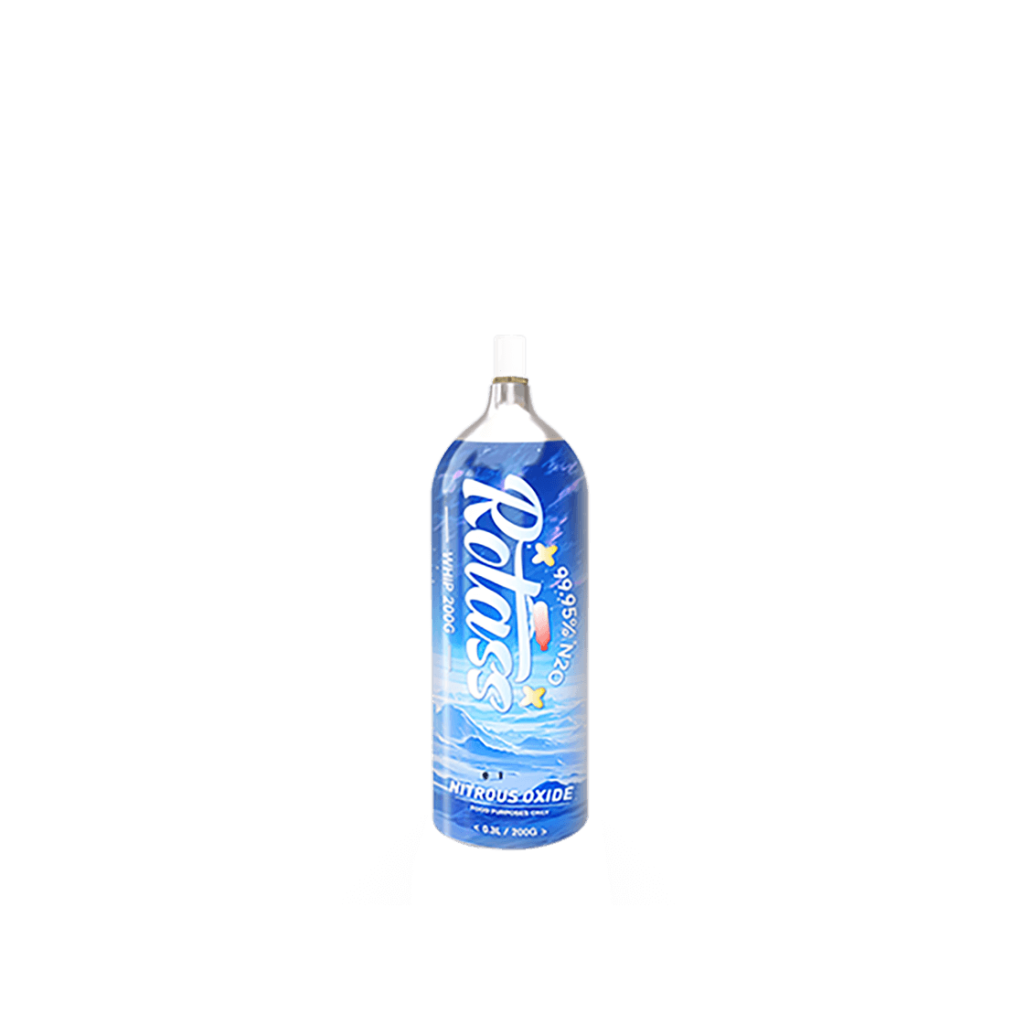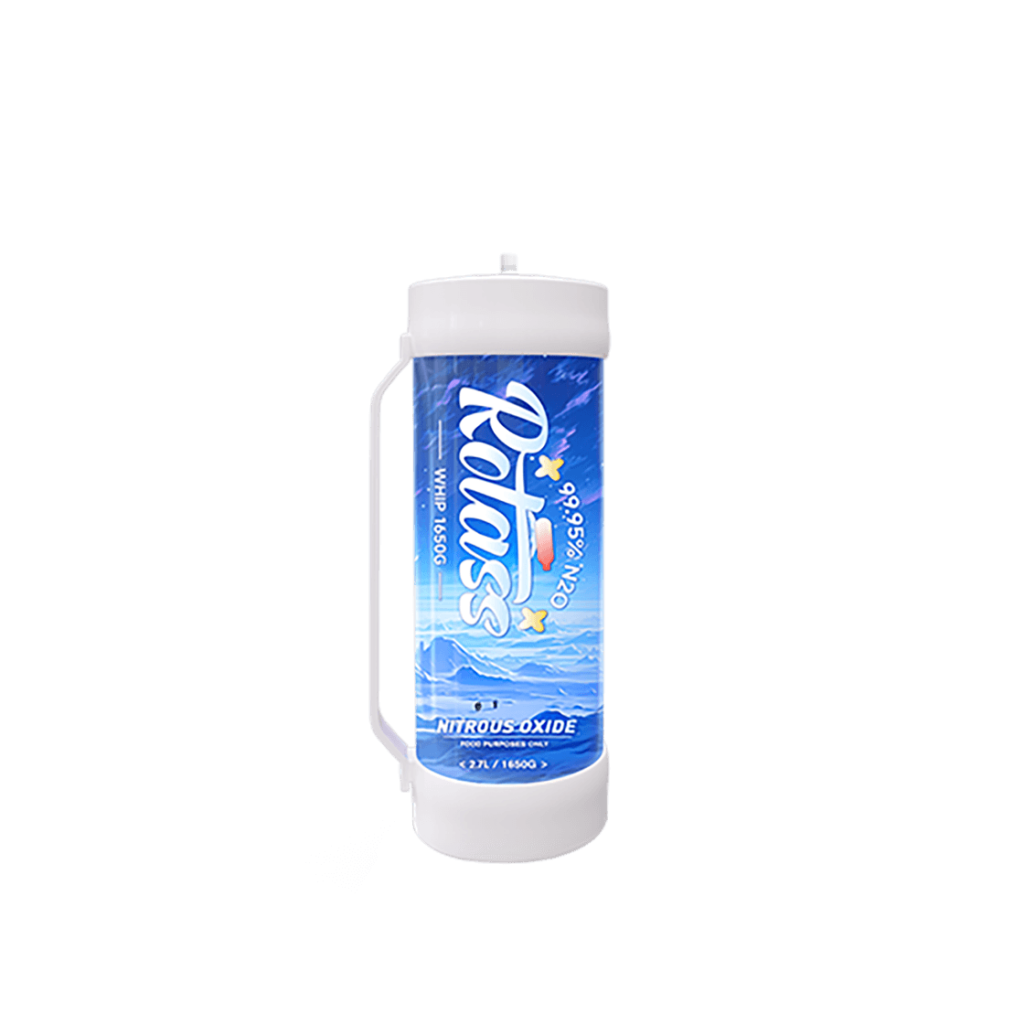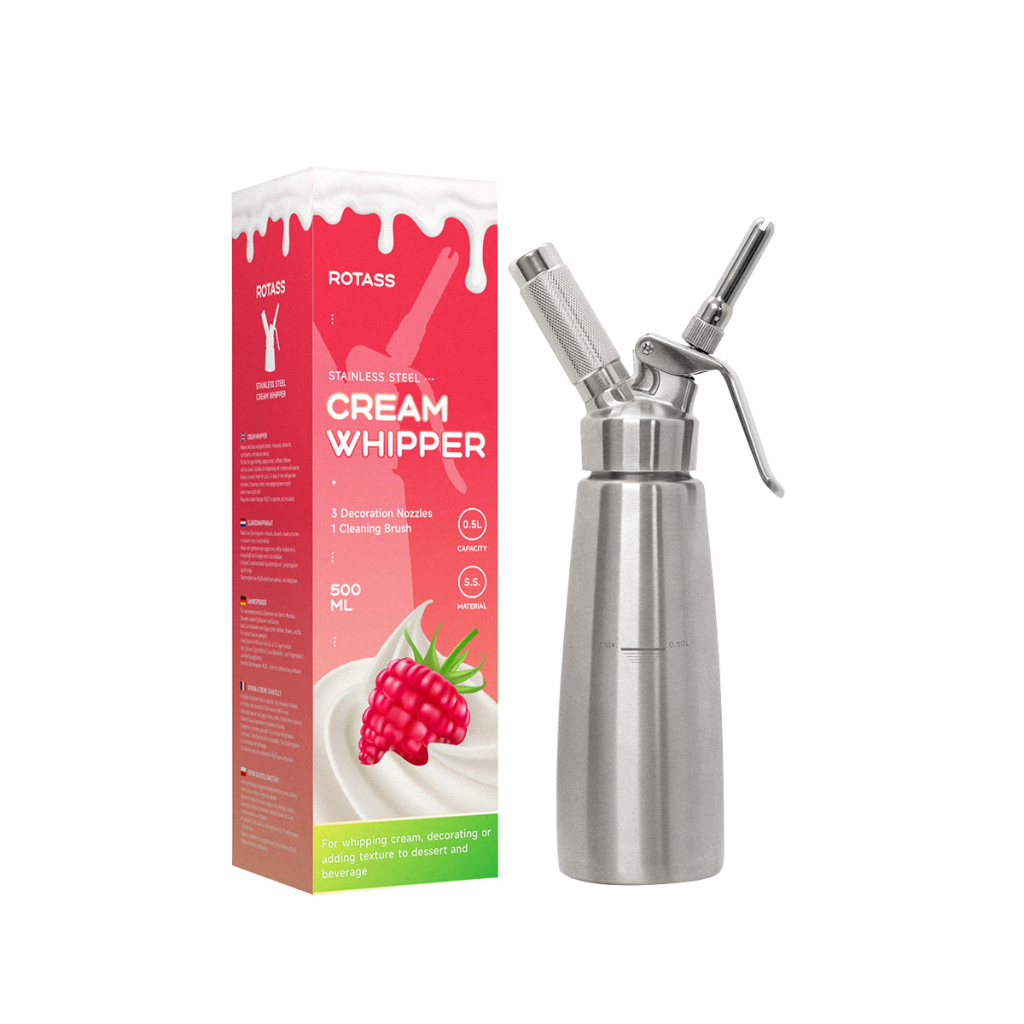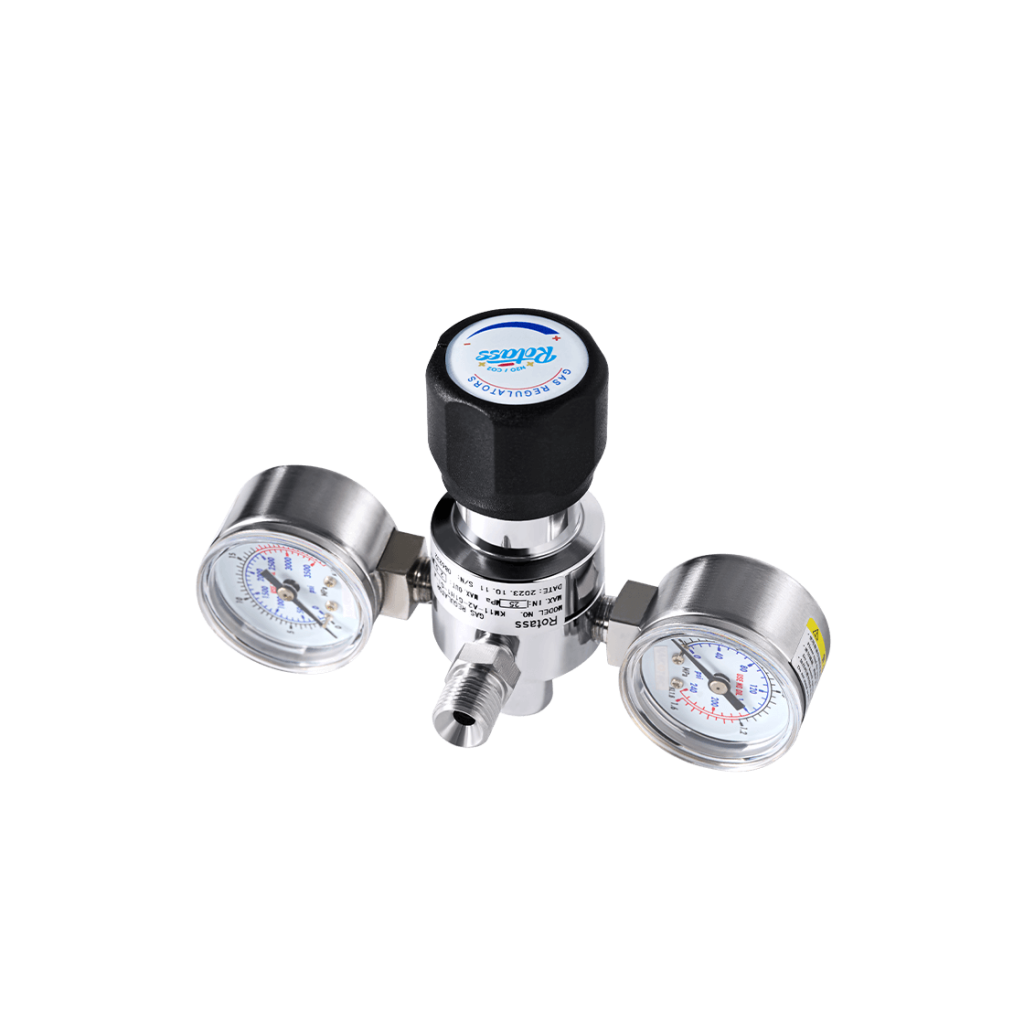2024 / 06 / 24
Cream Charger Pressure Regulators: Choosing & Using Safely
To make consistently delicious whipped cream, use a cream charger pressure regulator with larger, more cost-effective N2O tanks. We’ve discussed the benefits of using a cream charger pressure regulator and how to use it. Today let’s look at some important factors to consider when selecting the best one for your needs. We will also ensure that you understand how to use your pressure regulator safely and effectively.
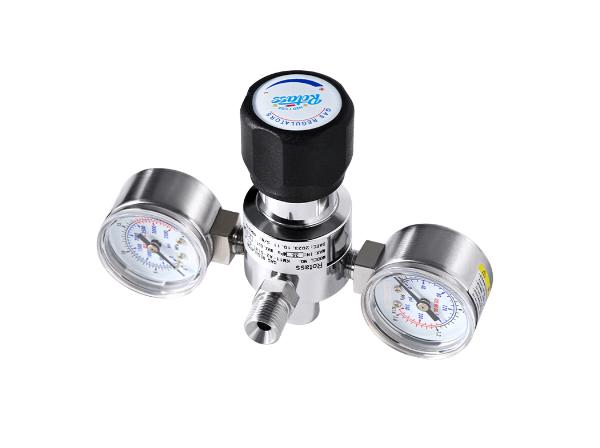
Factors to Consider When Buying a Cream Charger Pressure Regulator
Factor 1: Compatibility: The Perfect Fit
The compatibility of your cream charger pressure regulator, cream whipper, and N2O tank size is critical for safe and efficient operation. Here’s why.
- Whipper Connection: Regulators connect to your cream whipper via threads. These threads come in a variety of sizes, so make sure the regulator’s threads match your whipper’s. Many online retailers and manufacturer websites provide compatibility charts to assist you in finding the perfect match.
- N2O Tank Size: Pressure regulators are designed to fit specific N2O tank sizes. Tank sizes ranging from 580g to 660g are common. Using a regulator with an incompatible tank size may result in a poor seal, causing leaks or safety hazards. Check the regulator’s specifications to ensure it supports the tank size you intend to use.
Factor 2: Pressure Control: Mastering the Art of Fluffy Peaks
When it comes to whipped cream consistency, a pressure gauge can make all the difference. This gauge shows the gas pressure flowing from the N2O tank to your dispenser. Here’s how it helps.
- Fine-tuning Whipped Cream Texture: Pressure has a direct impact on the texture of your whipped cream. A lower pressure produces soft peaks, which are ideal for desserts such as mousses and fruit salads. Higher pressure produces stiffer peaks, which are ideal for piping decorations. The pressure gauge allows you to precisely monitor and adjust the gas flow, resulting in the desired whipped cream consistency each time.
- Reference Guide: Many regulators come with pressure reference charts that show the optimal pressure range for various whipped cream consistencies. Using the pressure gauge and these reference points, you can become an expert in whipped cream textures.
Factor 3: Safety and Material: Peace of Mind with Every Use
Because a pressure regulator comes into direct contact with your whipped cream’s ingredients, it is critical to use food-grade materials. Here are some reasons why safety is important:
- Food-Grade Materials: Look for a regulator made from materials that are specifically certified as safe for food contact. Stainless steel and food-grade plastic are two common safe materials. These materials are less likely to leach chemicals or toxins into your whipped cream.
- Peace of Mind: Using a food-grade pressure regulator keeps your whipped cream pure and delicious, free of potential contamination.
Factor 4: Maximizing Convenience (Optional)
While not required, the following additional features can improve your experience with a cream charger pressure regulator:
- Safety Relief Valve: If the pressure exceeds a safe limit, this valve will automatically release it. It adds an extra layer of safety in the event of accidental over-pressurization.
- Quick-Release Connections: These connections enable quick attachment and detachment of the N2O tank and hose, saving time and effort.
- Ease of Use: Look for a regulator with clear instructions and easy-to-use controls. This simplifies the process of using the regulator, particularly for beginners.
By taking these factors into account, you can select a cream charger pressure regulator that meets your specific requirements while also ensuring safe, efficient, and delicious whipped cream creation.
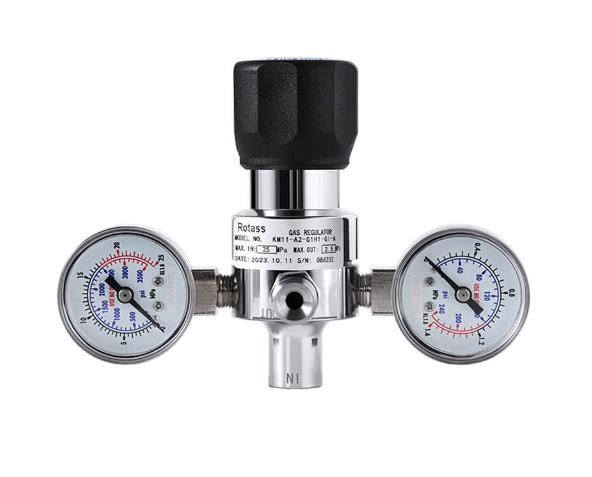
Are There Any Safety Precautions to Take When Using a Pressure Regulator?
Here are some specific safety precautions to take when using a cream charger pressure regulator.
Before Use
- Read the Manual: Always read the manufacturer’s instructions for your specific pressure regulator model. This will provide critical information about how to properly install, operate, and maintain your regulator.
- Compatibility Check: Ensure compatibility between your regulator, cream whipper, and N2O tank size. Using incompatible parts can cause leaks and even explosions. Check that the thread type on the regulator matches the connection on your whipper and that the regulator is rated for the size of the N2O tank you intend to use (for example, 580g or 660g).
- Visual Inspection: Before each use, inspect the regulator, hoses, and connections for signs of damage, wear, or leaks. Check for cracks, loose fittings, or worn-out hoses. Never use a regulator with visible damage.
During Use
- Follow Pressure Guidelines: Never go above the recommended pressure for your desired whipped cream consistency. Consult the pressure reference guide (usually included with the regulator or found in the manual) to determine the appropriate pressure range for soft peaks, stiff peaks, and so on. Exceeding your whipper’s pressure limits can damage it or cause injury.
- Open Valves Gradually: To avoid a sudden rush of gas, open the cylinder valve on the N2O tank slowly. This can cause pressure spikes, which can harm the regulator or whipper.
- Supervision: Never leave a pressurized whipper unattended. This is particularly important if you have children or pets in the kitchen.
After Use
- Pressure Release: Always let out any remaining pressure from the regulator and whipper before disconnecting the hose or N2O tank. Most regulators include a purge button for this purpose. Refer to the manual for proper depressurization procedures.
- Safe Storage: Store the regulator separately from the N2O tank and whipper in a cool, dry location away from direct sunlight and heat sources.
Additional Safety Tips
Nitrous oxide is an asphyxiant, which means it can displace oxygen, so avoid inhaling directly from the regulator or whipper.
- Frozen Ingredients: When using frozen ingredients in whipped cream, make sure they are completely thawed before adding them to the dispenser. Frozen chunks can cause additional strain on the whipper and regulator.
- Cleaning: Clean the regulator per the manufacturer’s instructions. Harsh chemicals and abrasive cleaning methods can harm the regulator.
By taking these precautions, you can have a safe and enjoyable experience with your cream charger pressure regulator. Remember, putting safety first allows you to concentrate on making delicious and perfectly textured whipped cream!
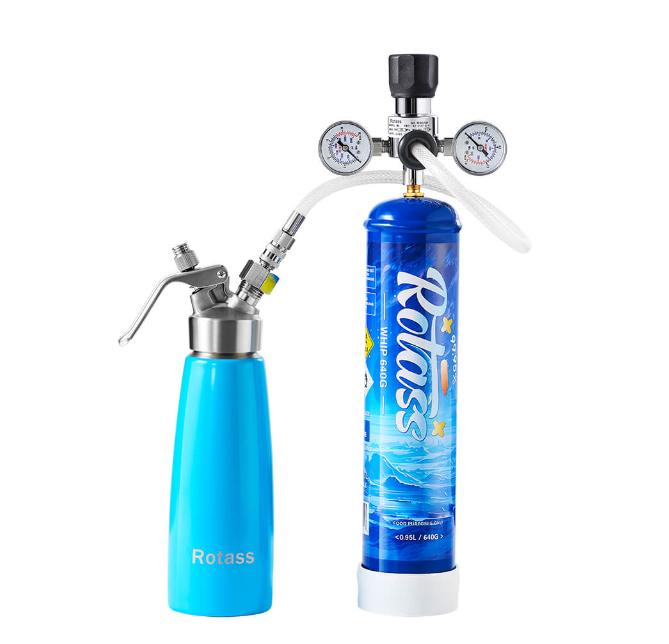
Conclusion
With these considerations in mind, you’re well on your way to finding the ideal cream charger pressure regulator for your kitchen. Remember that prioritizing safety is critical. Following the steps outlined will result in a smooth and enjoyable experience while making delicious whipped cream for your culinary creations. Rotass as your partner will continue to give you more information.

